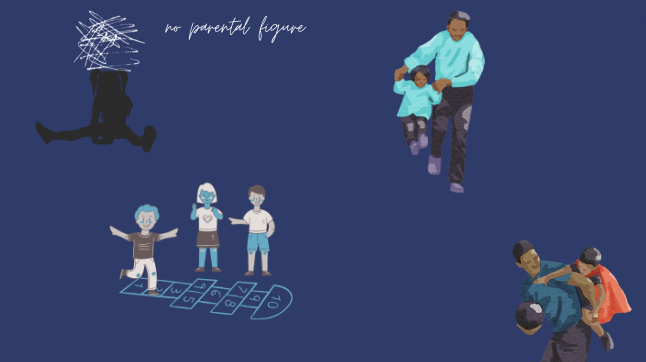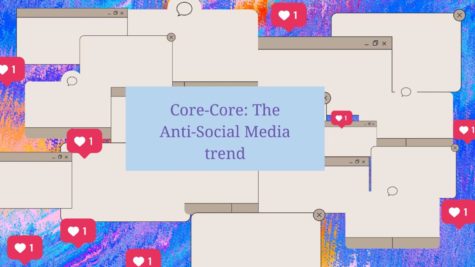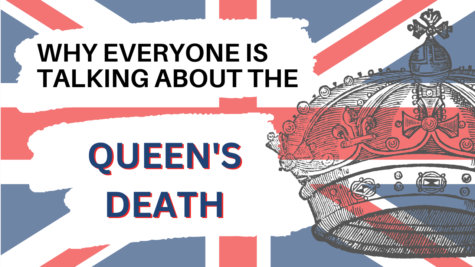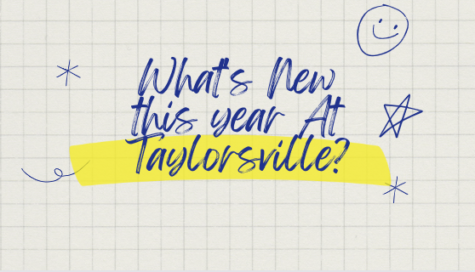Dress code: a travel through time
Students walking to class with their different choices of clothing.
October 21, 2019
Over the past few years, there has been a massive increase in stories about students getting dress coded. This includes girls not being admitted into school dances or being forced to change into a shame suit for having clothes that are “too revealing” for the school’s standards.
But how did dress code even begin, and why is it so belittling to students today? Today’s standards and rules about how one should dress have changed dramatically from what it was originally created to prevent.
According to FindLaw.com, “[T]he first school dress code law was established in 1969 by the U.S. Supreme Court. The case, known as Tinker vs. Des Moines Independent School District, involved several high school students who wore black armbands to school in a planned protest against the Vietnam War.” It was ruled that schools could limit student expression if there was a serious concern that it could affect the learning environment for students.
When asked what she would change about the dress code, Serina Taylor, a senior, said, “I think that the only thing that annoys me about the dress code is that girls have so many restrictions. I do understand why, but, I think that things like a bra strap that is seen is too strict, and that’s something that I would like to change.” That seems to be a trend not just here, but all across the country.
Not only is dress code becoming a problem for females across the country, but a new point is being made. Does school dress code violate our first amendment right, which, in short, states that there cannot be a law created to prohibit the freedom of speech. This freedom of speech is a way of expression that is often times expressed through the way one dresses or what one believes in.
According to usedulaw.com, there have been many cases spanning about 20 years where the results have been varied. The website also mentions that research on the effectiveness of the dress code is inconclusive.















